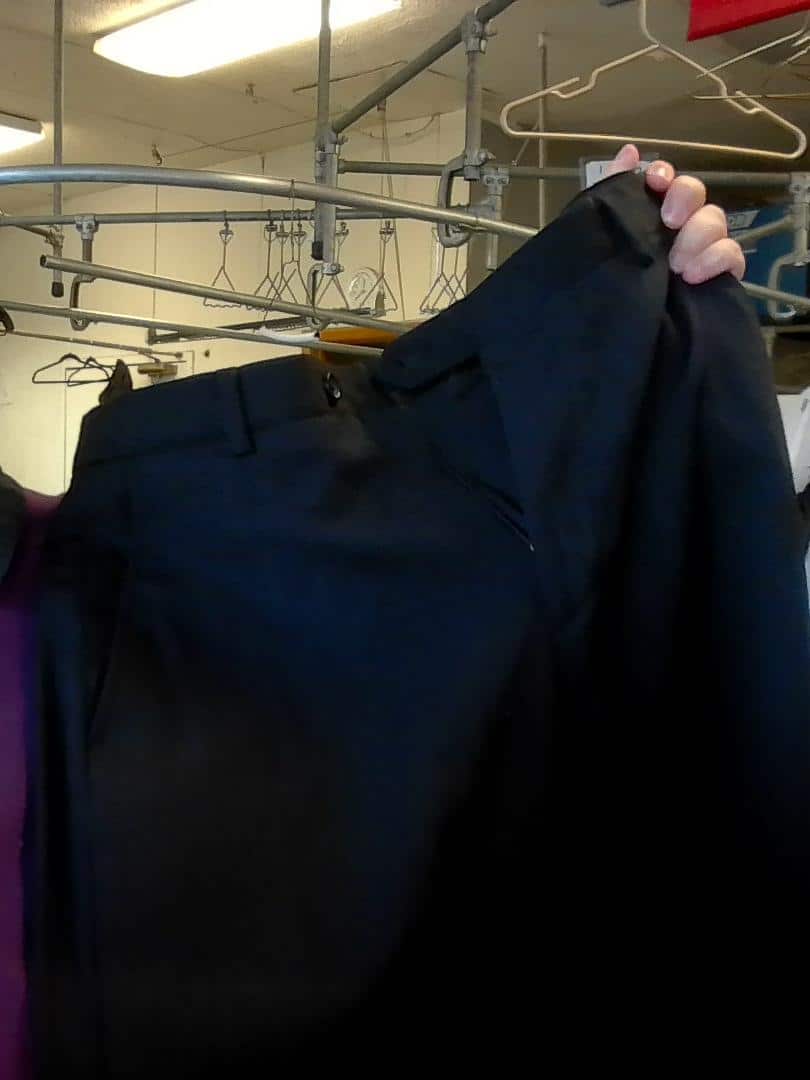
The System Behind A Perfect Order
For most of our customers, your dry cleaning experience looks simple: drop off, pick up, done. And that’s exactly how it should feel. But behind the scenes, dry cleaning is a highly detailed, fast-paced operation involving hundreds of moving parts—each one a potential failure point if not tracked, managed, and verified.
For years, we’ve worked hard to deliver consistent execution. But deep down, we knew: it could be even better. We were still relying too much on memory. Too much on great people trying to juggle too much complexity without the best systems to back them up.
And every once in a while, it showed.
A late piece. An order instruction processed incorrectly. Even if 99% of orders were done well, the 1% haunted us. So in December 2024 to early 2025, we made a decision: we were going to rebuild how we operate—not by patching holes, but by rethinking everything.
We Started with the Problem
The root issue wasn’t individual mistakes. It was system gaps. There were too many assumptions. Too many handoffs. Too much tribal knowledge. So we started mapping every single step of how an order flows—from the moment it’s received to the moment it’s returned.
What we found were dozens of pressure points where things could go wrong: Orders being manually sorted and mentally tracked by employees with no real audit trail, garments traveling between stations without confirmation of who handled what, or when. These weren’t signs of laziness. They were signs of a team doing its best without the tools it deserved. So we started building the tools.
The Scan Station Revolution
We expanded and restructured our scan stations. Previously, scans occurred mainly at item creation and final bagging—important steps, but not enough to fully capture the order’s journey. Now, scans happen at each key transition: check-in, cleaning, pressing, inspection, final assembly, and far beyond. Each scan records exactly where a garment is, who handled it, what stage it’s in, and how long it stayed there.
After final assembly, the scan process continues well beyond our production floor—linking every transition point between our plant and your hands. Orders move onto a designated Z-rail, then through a series of scanning checkpoints: staging areas, transit Z-rails, vans, store intake rails, and finally to the customer-facing rack. This full-spectrum scan system is helping us transform our operations from strong to near perfect. Its created the foundation for our relentless focus, the Perfect Order System: a traceable chain of custody for every order—improving visibility, tightening accountability, and giving our team real-time control across the entire business.
We enhanced our camera systems by installing high-resolution units directly at local workstations. While we’ve always had plant-wide cameras but they couldn’t tie specific actions—like when a garment was pressed or when an item was moved post-bagging—to a precise time or person. Now, each photo is linked to a timestamped scan, making it possible to visually verify what happened, when, and where—so that any concern or escalation is accompanied by visual confirmation, not assumptions.
We upgraded our plant equipment by installing new computers, monitors, and scanners. We also developed new internal reports and operational tools to give our teams clearer insight into how each order is progressing and where attention is needed most. Now, if something looks off, we can catch it early—before it becomes a disappointed customer, or a stressed-out team.
New Roles, New Structure
The tech mattered. But without the right people and new structure, it wouldn’t work. So we created a new team: Order Operations. Their job? Protect the flow. They monitor every scan and checkpoint. They spot delays, anomalies, or mismatches. They respond to issues before they escalate. They manage final quality control, ensuring every item is complete, correct, and fully verified. We also redefined internal accountability: every department knows where their responsibility starts and stops. No confusion. No gaps. No dropped handoffs. We added redundancy in the right places—not to slow things down, but to catch the rare edge cases that used to slip through.
Why This Matters
Because at the end of the day, our customers don’t care about scanners or dashboards. They care that their order is right and on time. That their preferences were remembered perfectly. That their items are handled with precision and consistency.
We built this system not for technology’s sake, but because we are obsessed with eliminating preventable mistakes. We believe in systems that protect the people doing the work—so they can focus on doing it well. It’s about earning your trust not once, but every single order. It’s about being able to answer questions before they’re asked—because the data, photos, and process give us total clarity. It’s about scalability: creating an operation where a surge in volume doesn’t mean a drop in system performance. It’s about professionalizing every inch of the workflow so no part of the operation depends on memory, assumption, or best guesses. And most of all, it’s about holding ourselves to a standard we know is higher than “really good.” We’re still continuing to refine it further each day to get further system improvements. And we’ll keep getting better—because behind every tag, every scan, and every camera frame is a team that cares too much to let “almost right” be good enough.
As we fully roll out this system, the statement guiding every decision we make is simple: Will this help to ensure a perfect order, every single time.

